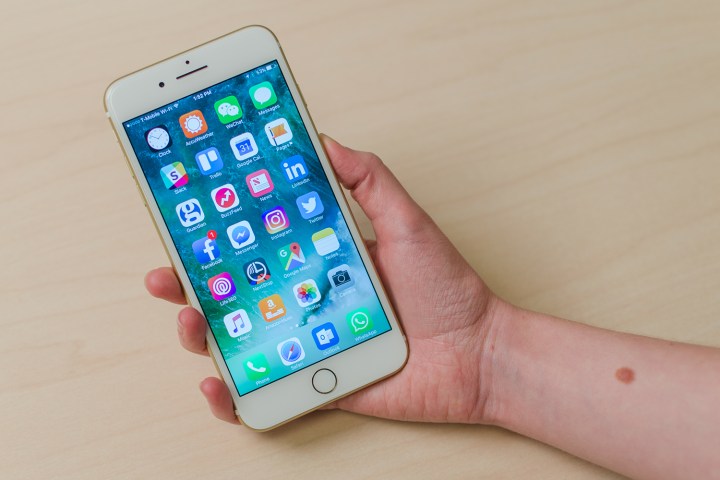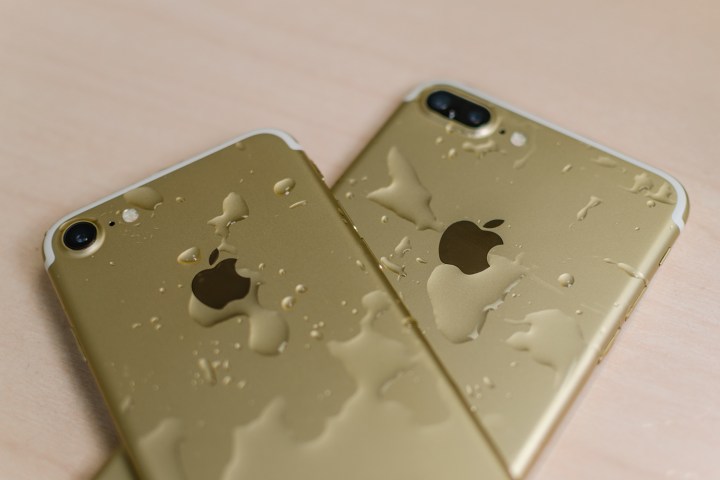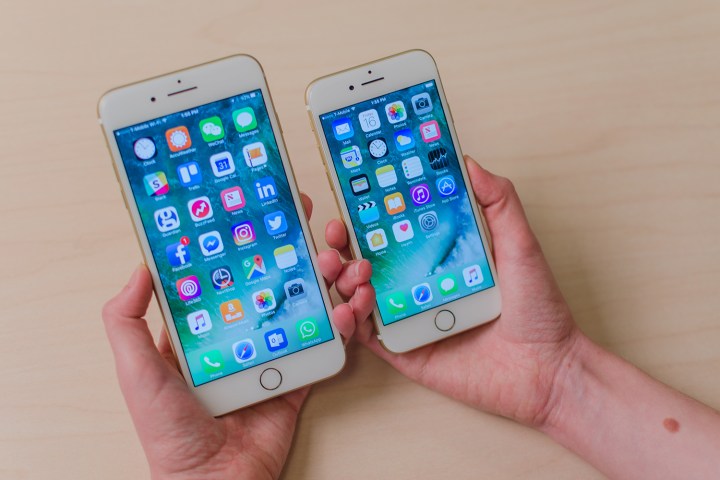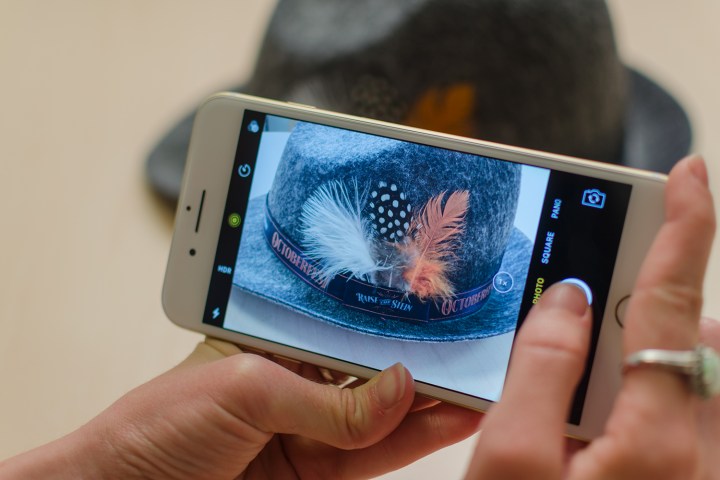If you’ve decided on an iPhone, but want to save a little money, then you may want to consider picking up an older model. The iPhone 7 and 7 Plus are no longer being sold by Apple, but you can pick them both up from a range of retailers or on the used phone market.
They aren’t massively different from the
Below, we take a look at the two phones in closer detail and compare them to pick a winner in different categories.
Specs
| iPhone 7 | iPhone 7 Plus | |
| Size | 138.3 x 67.1 x 7.1 mm (5.44 x 2.64 x 0.28 in) | 158.2 x 77.9 x 7.3 mm (6.23 x 3.07 x 0.29 in) |
| Weight | 4.87 ounces (138 grams) | 6.63 ounces (188 grams) |
| Screen size | 4.7-inch Retina HD LED-backlit widescreen | 5.5-inch Retina HD LED-backlit widescreen |
| Resolution | 1334 x 750 pixels (326 ppi) | 1920 x 1080 pixels (401 ppi) |
| OS | iOS 14 | iOS 14 |
| Storage | 32, 128, 256GB | 32, 128, 256GB |
| MicroSD card slot | No | No |
| Tap-to-pay services | Apple Pay | Apple Pay |
| Processor | A10 Fusion with 64-bit architecture, M10 motion coprocessor | A10 Fusion with 64-bit architecture, M10 motion coprocessor |
| RAM | 2GB | 3GB |
| Connectivity | 4G LTE, GSM, CDMA, HSPA+, 802.11a/b/g/n/ac Wi-Fi | 4G LTE, GSM, CDMA, HSPA+, 802.11a/b/g/n/ac Wi-Fi |
| Camera | 12-megapixel rear, 7MP front | Dual 12MP rear, 7MP front |
| Video | 4K at 30 fps, 1080p at 30 or 60 fps | 4K at 30 fps, 1080p at 30 or 60 fps |
| Bluetooth | Yes, version 4.2 | Yes, version 4.2 |
| Fingerprint sensor | Touch ID | Touch ID |
| Other sensors | Barometer, 3-axis gyro, accelerometer, proximity sensor, ambient light sensor | Barometer, 3-axis gyro, accelerometer, proximity sensor, ambient light sensor |
| Water-resistant | Yes, IP67 rated | Yes, IP67 rated |
| Battery | Up to 12 hours of internet use on LTE | Up to 13 hours of internet use on LTE |
| Charger | Lightning | Lightning |
| Marketplace | Apple App Store | Apple App Store |
| Colors | Gold, rose gold, silver, black, jet black | Gold, rose gold, silver, black, jet black |
| Availability | AT&T, Verizon, Sprint, T-Mobile | AT&T, Verizon, Sprint, T-Mobile |
| Price | $449 | $569 |
| Buy from | Amazon | Amazon |
| Review score | 3.5 out of 5 stars | 4 out of 5 stars |
Performance, battery life, and charging

Both devices are powered by Apple’s A10 Fusion chip, a 64-bit architecture the company says is 40% faster than the A9 in the
Graphics performance is up to 50% faster than the A9, according to Apple. Performance is a tie between the
The
Battery life is better on the
Winner:
Design and durability

The overall design of both is similar to that introduced with the iPhone 6. Apple hit home the “seamless” design that blends the glass on the front and the rear case, and that’s partly due to a relocation of the antenna bands, which are to be found on the top and bottom edges of the devices. The buttons are in the same place, but the home button is no longer a button. The Force Touch home button acts like the Force Touch trackpad on the MacBook Pro — you’ll feel a Taptic vibration whenever you push down on it.
The camera, which still juts out a bit, is where you’ll find the main design difference between the
The jet-black model brings us to durability. Due to its high-gloss nature, it’s the only color option that Apple recommended you get a case for, because it’s prone to scratches. That’s right — the company showcased and praised the jet-black finish, but wanted you to cover it up with a case. Go figure. Apple discontinued this jet-black color option well before it retired the
Winner: Tie
Display

The 4.7-inch
But the Retina HD LED screens are better than ever before — Apple says the displays on both devices are 25% brighter and display a wider color gamut. So the comparison here really comes down to size. If you want a larger screen, go for the
Winner:
Camera

This is the meat of the comparison between the
That’s not to say the
The front camera has a f/2.2 aperture and is packed with 7MP. It has automatic image stabilization, whereas the rear is optically stabilized.
Take all of that and add it to the
There’s also an exciting blur feature, or bokeh, which was provided by a software update soon after the original
The
Winner:
Software and updates

Both these iPhones were released with iOS 10, but have since been updated to iOS 14, and we expect them to receive a few more updates yet. The software experience is identical, aside from the larger screen in the
Winner: Tie
Price
The
Overall winner: iPhone 7 Plus
It really comes down to size preference and the camera. If you want a compact phone, the iPhone 7 is cheaper and offers a great camera experience.
If you’re a photographer, chances are you’ll want to take advantage of the dual-camera setup on the iPhone 7 Plus. That’s really what dazzled us about the bigger iPhone. The additional hour of battery life, bigger and sharper screen, and 1GB of extra
Editors' Recommendations
- Best refurbished iPhone deals: Get an iPhone 14 for $513
- Best iPhone deals: Save on iPhone 15, iPhone 15 Pro Max and more
- iPhone SE 4: news, rumored price, release date, and more
- Best iPhone 15 deals: How to get Apple’s latest iPhone for free
- The best iPhone 15 Pro Max cases in 2024: the 20 best ones



